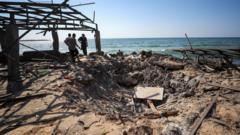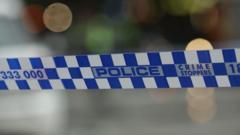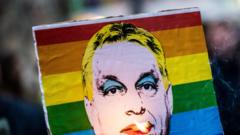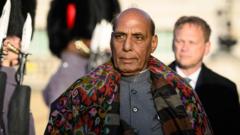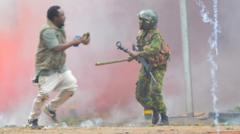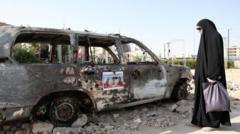**A terrorist attack in New Orleans highlights security vulnerabilities and raises concerns ahead of major events.**
**New Orleans Faces Security Challenges After Fatal Truck Attack**
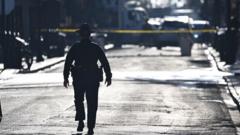
**New Orleans Faces Security Challenges After Fatal Truck Attack**
**City grapples with security lapses as bollards malfunction before deadly incident**
In the aftermath of a tragic truck attack that left 14 dead and over 35 injured in New Orleans’ French Quarter on New Year’s Day, city officials are under scrutiny for their security preparations. The incident, classified by authorities as an act of terrorism, marks a significant failure in crowd protection measures, particularly given the malfunction of security bollards that were undergoing repairs before the impending Super Bowl scheduled for February 9.
The suspect, identified as 42-year-old Shamsud-Din Jabbar from Texas, lost his life during the attack. Reports indicate that bollards, which are designed to block vehicles from entering pedestrian areas, were out of service due to clogs from debris, specifically Mardi Gras beads. New Orleans Police Chief Anne Kirkpatrick acknowledged the situation regarding the bollards and stated that plans were in place to secure the area—yet noted that the terrorist outmaneuvered these precautions.
In light of the attack, the Sugar Bowl American football game was temporarily rescheduled, and safety measures were hurriedly reinforced for the event. Mayor LaToya Cantrell remarked on the city’s longstanding efforts to enhance safety along Bourbon Street while emphasizing the operational challenges presented by aging security infrastructure.
Experts stress the difficulty in evaluating whether operational bollards would have prevented this type of event. Counterterrorism analyst Javed Ali noted the capabilities of high-speed vehicles, questioning whether physical barriers could have effectively thwarted the approach of a truck at such velocities.
A 2017 report commissioned by New Orleans highlighted the French Quarter as a vulnerability, signaling a need for improved security strategies amid a landscape where pedestrian density offers an attractive target for potential attackers. Following this devastating incident, the city must now confront the urgent necessity to bolster its safety protocols in time for future large-scale gatherings.

